When cops talk about wanting to make sure everyone goes home safely at the end of the shift, there are more concerns than just armed bad guys who want to do harm. Responding to calls while running emergency status presents dangers, and every officer needs to keep those in mind.
Reaching the Call Safely
How can officers stay safer behind the wheel when responding to calls? Driving instructors from the Michigan State Police and the Georgia Public Safety Training Center share their tips.
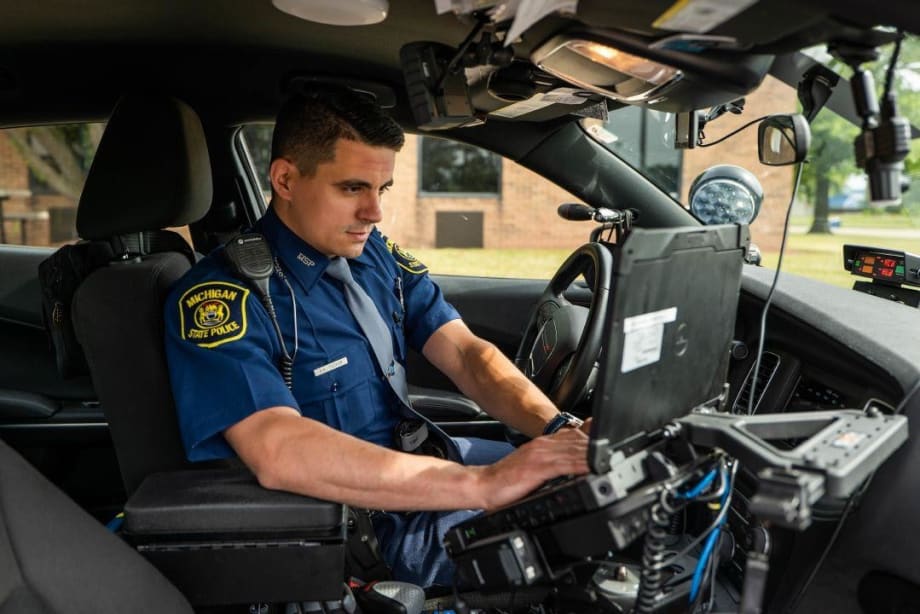
The Michigan State Police teaches its officers to maintain focus and control while driving to emergencies.
Michigan State Police
Negotiating curves and intersections are two of the most dangerous tasks behind the wheel, but other dangers lurk as well, such as reduced-traction roads, poor visibility, and other drivers' unpredictability.
POLICE asked the Michigan State Police Precision Driving Unit and the Georgia Public Safety Training Center for input, and here is a collection of their best tips for running calls safely.
“It has always been our goal that if we can prevent a single motor vehicle crash involving a police officer, then we're successful,” says Lt. Nicholas Darlington, unit commander of the MSP Precision Driving Unit.
Limitations of Equipment
Darlington said recruits and newer officers may not understand the limitations of emergency equipment at first.
“I think that we get into this mindset that when we're running lights and sirens, we're visible to everybody, and we do not really understand that we might have some limitations,” Darlington says.
He points out that at 50 mph, officers outrun their emergency sirens. “So, at 80 mph, our siren is probably ineffective at that point.”
At that point, it is all about an officer’s ability to read the traffic.
The veteran trooper says it is all about reading the cues. What is the first thing motorists do when they see emergency lights approaching from behind? Typically, they hit the brakes. That is a cue that they are aware of the officer’s presence.
Emergency lighting plays a vital part in catching motorists' attention.
“Our siren is essentially ineffective at higher speeds, we position our patrol car in our lane so that way we're helping catch the driver's attention through their mirror, and then once they hit their brakes, and then move over to the right, then we know that they've seen us,” adds Darlington.
“I think understanding the limitations to our emergency equipment is key,” says Darlington. “And then, how can we position our patrol car to make us the most visible?”
Navigating Intersections Safely
“The first thing you must remember when you come up to an intersection is we don't immediately have the right to blow through an intersection. We're actually asking for permission to go through that intersection,” says Brian Stokes, manager of vehicle operations at the Georgia Public Safety Training Center.
Intersections can vary greatly. Some intersections, Darlington points out, may offer a clear view of cars in every direction for nearly a mile out in a rural area. However, urban intersections pose more complicated challenges and a lesser view of approaching traffic.
“If you can't see the intersection, or clear that intersection, then you can't just proceed through it. You need to slowly traverse that intersection. That may mean you have to come to a complete stop and read the vehicular traffic to make sure that the drivers see you,” Darlington says. “Once they've come to a stop, then you can start proceeding through that intersection.”
Sgt. John Loony of the MSP Precision Driving Unit agrees, saying that officers must always watch for nonverbal cues from other drivers. While brake lights might be a cue, he cautions that other motorists could just be applying brakes approaching an intersection, not because they have seen emergency lights or heard a siren.
“You pull out at an intersection, through a red light, or a stop sign, lights on or not, if you get hit, you're responsible for that,” Stokes adds.
Navigating Traffic, Spotting Cues
Typically, cars should move to the right and yield to emergency vehicles.
“Once you start seeing their car move over, that's an indicator that they're reading you and recognizing you as well,” Loony explains.
Another nonverbal cue is when a motorist activates a turn signal to merge and clear the path for emergency vehicles.
“Patience with the officer is huge,” Loony adds. “You have to wait until they give you some kind of indication that they're yielding to you.”
Negotiating Curves: Reduce Speed
Darlington says intersections and curve negotiations are the two biggest concerns during a call response. One key point to understanding is that the faster officers drive, the longer it takes them to slow down to negotiate curves or react to intersections, traffic, or other road hazards.
Responding while running emergency status takes focus, and it is crucial that officers “push their eyes out,” says Loony. “The faster the driver drives, their eyes have a tendency to drop down lower right, and they're driving closer to their car.”
Stokes also stresses the importance of pushing an officer’s vision as far out as possible.
“A lot of people like to look just over the hood of the car. Well, if you're looking just over the hood of the car, by the time you see something, it's already behind you because you know you're closing that distance quickly,” Stokes explains.
Be aware of tunnel vision, and follow Looney's advice about looking farther down the road rather than focusing immediately in front of the patrol vehicle. That longer-range vision is important when it comes to curve negotiation and allows officers to roll out of the accelerator earlier and start hovering over the brake pedal.
“Pay attention to what the car is saying to you. It's going to talk to you, you're feeling the roadway, it takes a lot of experience,” Loony says.
Another aspect that helps officers is familiarity with the area.
“The more familiar you are with that area, you'll probably know those curves are coming. If you're not familiar with the area, you'll probably have to dial it back a little bit,” Darlington explains.
He and others at MSP teach the “slow in, fast out” concept. He explains that you are better off going slower into a curve rather than faster and that speed reduction decreases the chance of rolling the vehicle over.
“We can ease off the brake and start gently putting in our steering input so that way we're not having all the longitudinal weight transfer over the front tires, then the back tires are not going to stick,” Darlington says.
Reduced Traction Environments
Running a call in inclement weather, such as wet roads or winter conditions, reduces the amount of traction available. The coefficient of friction will differ greatly between a dry road and a wet or snowy road.
However, an officer can still accelerate, turn, and brake in those conditions. Safety is simply about slowing down according to the road conditions. However, MSP teaches a second element, increasing the following distance. That also allows for a longer reaction time.
Loony points out lights and sirens in those conditions may create added traffic hazards as motorists try to get out of the way in slippery conditions or even pull off onto snowy shoulders.
Reduced Visibility
Past road conditions, another element to operating safely when responding to calls is understanding how to handle reduced visibility, whether that be at night or in reduced-visibility weather situations, such as when some areas of Michigan are pounded by lake-effect snow. The latter can even reduce visibility more than driving at night with headlights.
So, pushing one’s vision out further is important to operating safely, but when visibility is shortened, the key is to reduce speed and increase the following distances again.
Distractions Inside the Vehicle
When responding to a call, cops need to avoid any distractions—whether visual, auditory, or cognitive.
Again, Darlington points to experience and how time on the job better prepares an officer to contend with those many potential distractions. He suggests field training officers and senior officers take newer officers to the side and help educate them.
“We as human beings are not the greatest at multitasking. You know, we just aren't. So, you try to multitask and then drive at the same time. We have to have a conscious effort to really limit that technology inside of our car,” Darlington says.
Officers should share experiences about when there is so much going on inside a patrol vehicle while responding to a call. Loony says to leave things alone, like the mobile data computers, especially if you're running an emergency.
“It's time to go back to the way we used to do it and let your dispatcher talk to you over the radio. It's a lot easier to drive and listen than to drive and read,” Loony explains. “Obviously, we need those eyes out the windshield.”
Loony says MSP teaches that radio transmission should be done in a straight line, not while in the middle of trying to clear an intersection. One should be strategic about when to get on the radio.
“Anytime you're driving high speed, whether it's going to a call or you're in a chase, the first thing you need to do is put all the distractions aside,” says Stokes. “Don't be worried about the radio, focus on driving.”
Night vision is important, so Loony also suggests dialing back any settings that can lower the ambient light inside a patrol vehicle. He recommends setting your car up for success at night.
Experience, Share It
An officer's ability to safely navigate intersections or traffic in general grows with experience. That is why Darlington and Loony say it is crucial for officers to share their knowledge with newer cops or troopers.
“The way I responded to an emergency 20 years ago is a lot different than how I would respond to an emergency now,” says Darlington.
With experience comes an understanding of the needed response pace based on the nature of the call.
“We use the example of the residential alarm all the time. We have some exemptions that allow us to run emergency driving to a residential alarm. But how many residential alarms have we been to that have actually been active?” Darlington points out. “For me, it’s been zero.”
“It's kind of sharing some of those experiences and that just because we're authorized to drive in an emergency, driving doesn't necessarily mean that that's the safest, most efficient way to do that,” he adds.
As a young trooper out of recruit school years ago, Darlington was assigned to the metro Detroit area. He recalls how he quickly learned that sometimes he could respond faster to crash scenes just by driving at a normal pace instead of running lights and sirens on a congested highway.
MSP instructors also teach the need to be aware of siren hype. The siren is introduced into training so officers can become accustomed to it and not get amped up.
“I remember graduating from recruit school and the first time hitting those lights and sirens; you do get amped up, and it takes a little while to get used to that,” says Darlington. “The more we can expose our people to that type of driving with a siren on, hopefully, it desensitizes them and they can think about the reality of the situation and make proper decisions.”
More Vehicle Ops
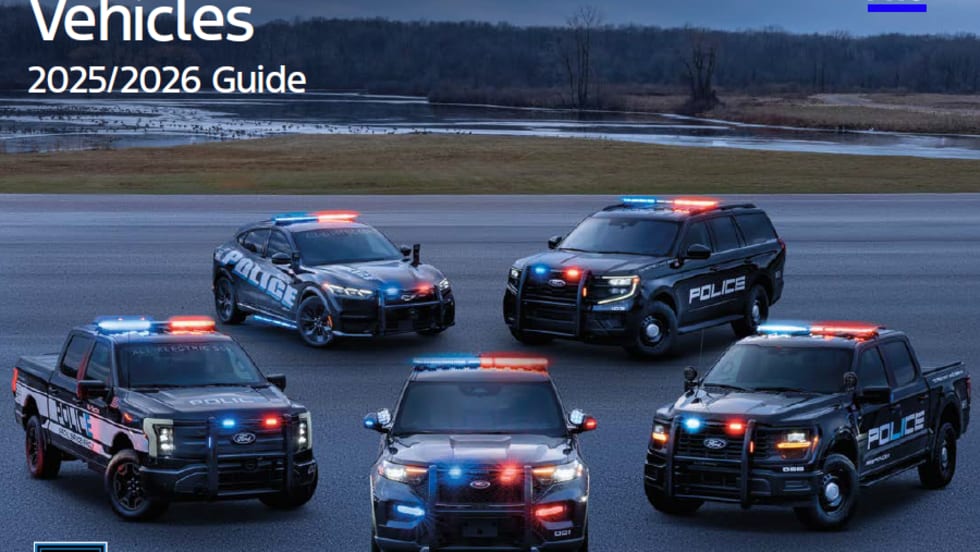
2026 Ford Pro™ Police & Special Service Vehicles Guide is Available for Download
Ford Pro™ meets the needs of law-enforcement agencies
Read More →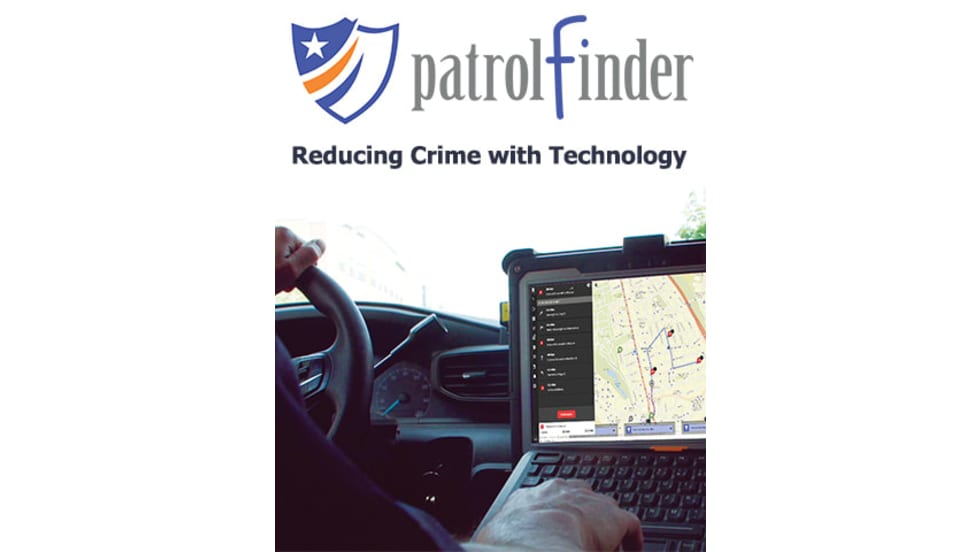
How One Police Department Cut Crime by 46% with Smarter Patrol Management
Discover how one police department cut crime nearly in half using smarter patrol data. This whitepaper breaks down the real-world strategy behind a 46% drop in vehicle thefts, improved officer safety, and stronger community visibility.
Read More →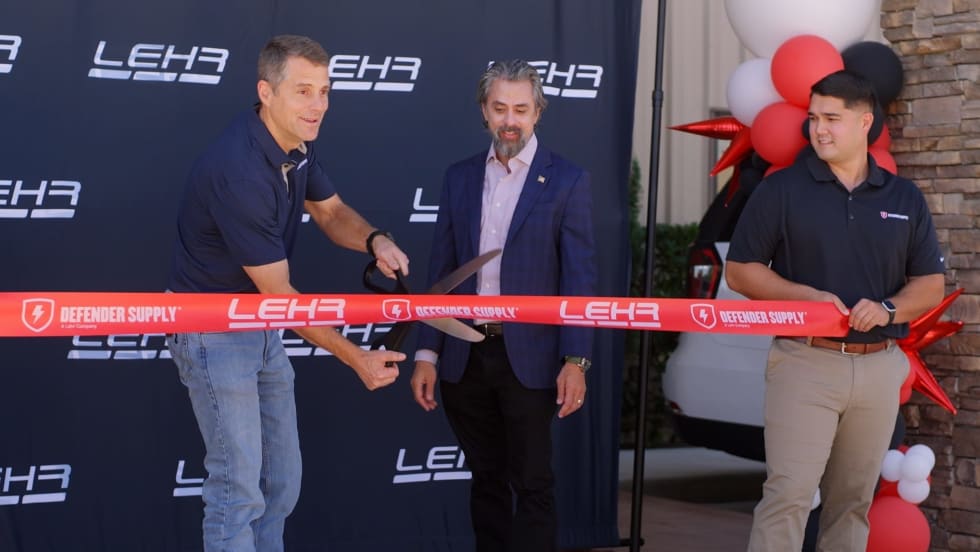
Emergency Vehicle Upfitter LEHR Expands National Footprint with New 40,000-Square-Foot Facility in Houston
LEHR has opened a 40,000-square-foot Defender Supply upfitting facility in Houston, Texas. It is expected to upfit thousands of public safety vehicles each year.
Read More →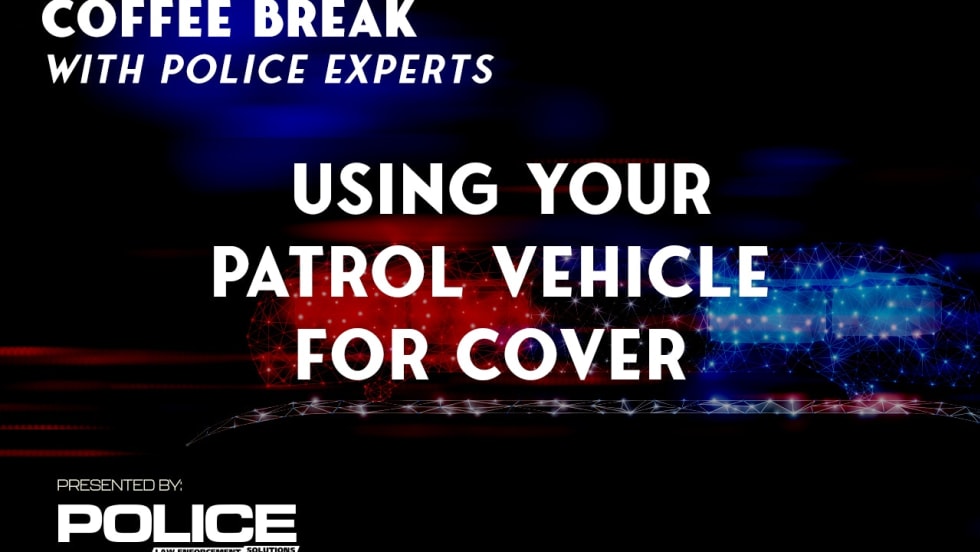
Coffee Break with Police Experts: Using Your Patrol Vehicle for Cover
In this video, hear from Dustin Mowery, a product specialist at Team Wendy, as he discusses how to best use a patrol vehicle for cover.
Read More →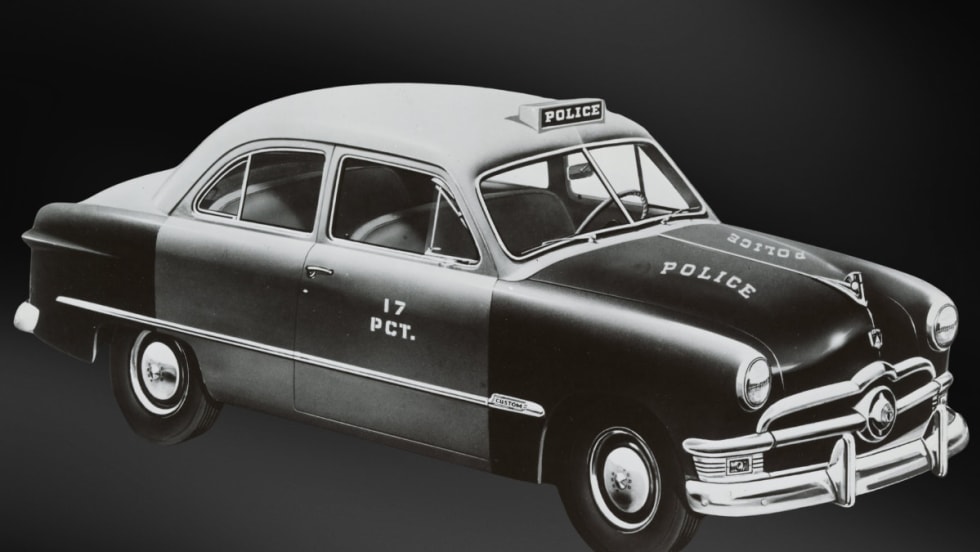
Ford Celebrates 75 Years of Making Patrol Vehicles
From 1950 to 2025, Ford has produced many of America’s most iconic law enforcement cars, SUVs, and trucks. POLICE Magazine takes you through the history of Ford’s police vehicles.
Read More →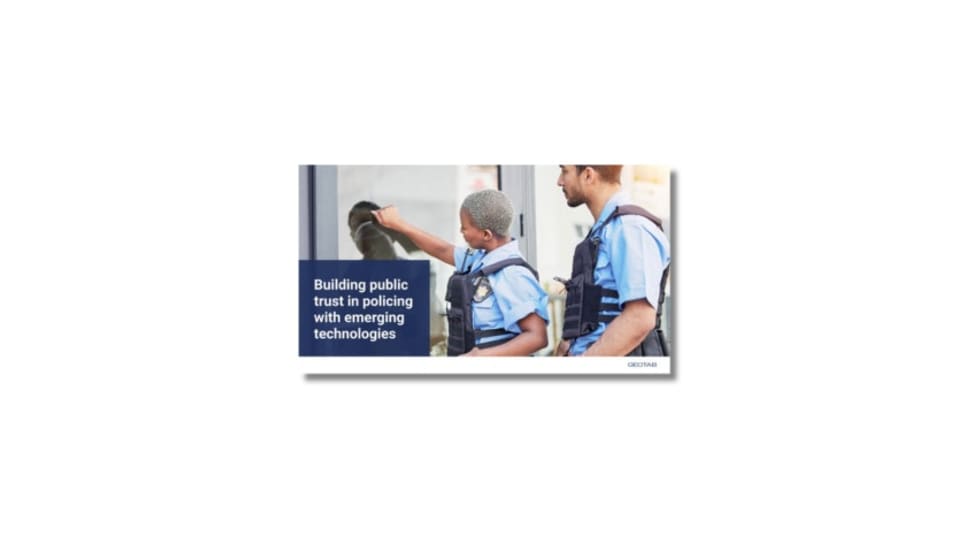
Ebook: How Data-Driven Policing Strengthens Transparency and Public Trust
Whether your department is focused on improving transparency or rebuilding community confidence, this ebook offers real examples and practical strategies to help. Learn how data-driven insights and modern fleet technologies can strengthen accountability, support officer safety, and enhance public trust.
Read More →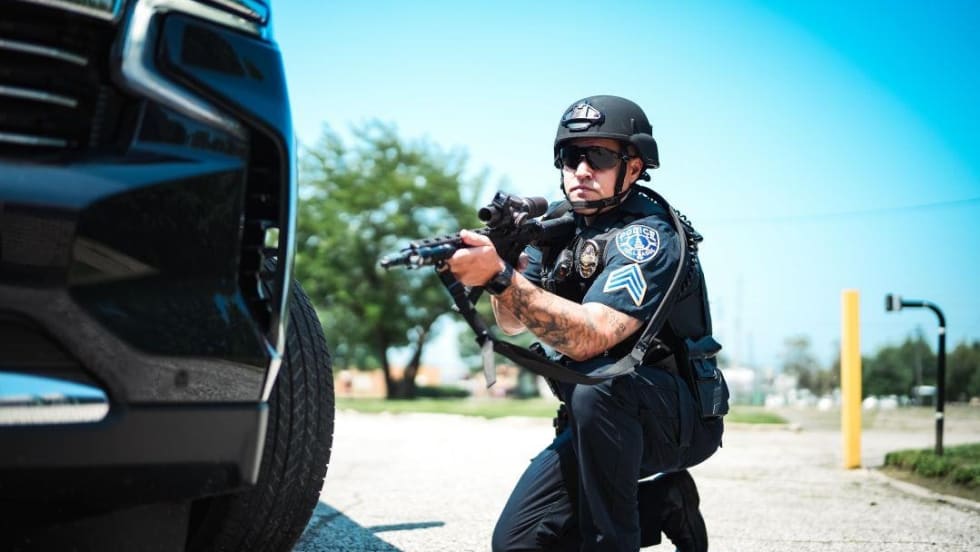
Using Patrol Vehicles for Cover
While a patrol vehicle offers some cover protection when taking fire, remain mobile and don’t stick to one piece of cover indefinitely. Dustin Mowery, of Team Wendy, shares what he teaches about using vehicles as cover.
Read More →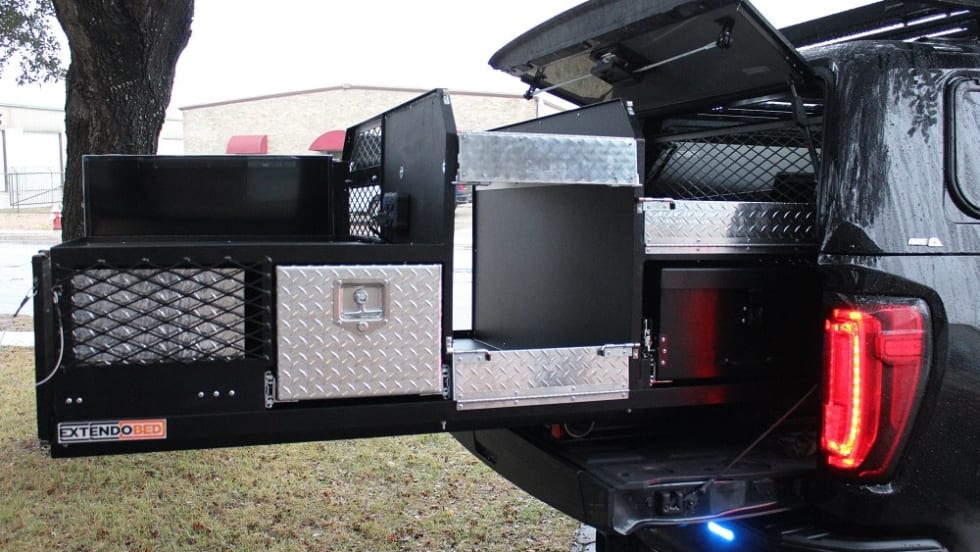
3 Reasons Law Enforcement Fleets Can’t (and Shouldn’t) Skimp on Slide Outs
When officers can’t access their gear quickly, lives are on the line. That’s why slide outs aren’t just nice to have — they’re essential. From maximizing space to reducing response times and preventing injuries, here are three reasons law enforcement fleets shouldn’t skimp on this critical upgrade.
Read More →
POLICE and Geotab Offer Free On-Demand Webinar on Data-Driven Fleet Maintenance
The webinar is presented by Robert Martinez, former deputy commissioner of the NYPD/RSM Fleet Consulting LLC; Nathalie (Nat) Crewes, business segment manager for Geotab; and Alanna Bindi, fleet manager for the City of Stockton.
Read More →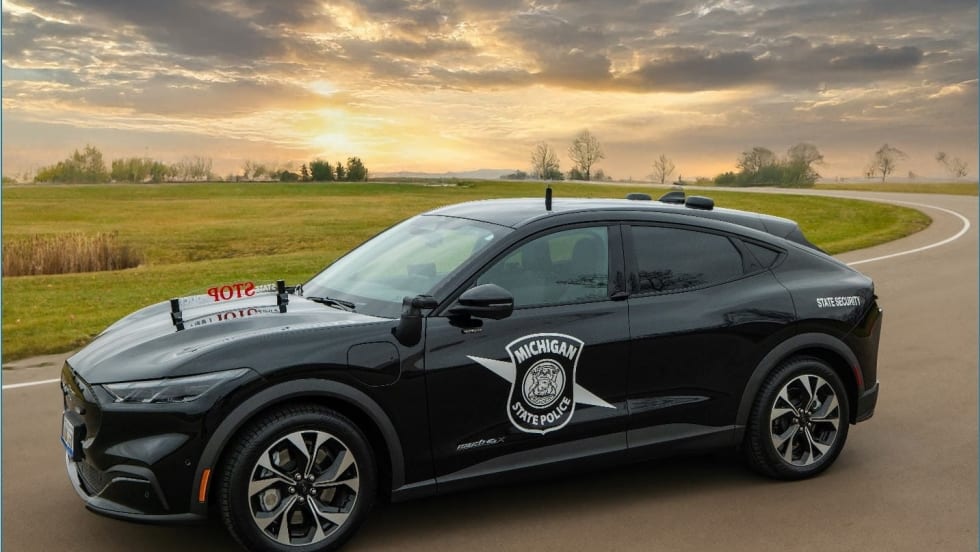
Michigan State Police Testing Ford’s EV Mustang with Security Unit
“Adding this battery electric vehicle to our patrol fleet will allow us to study the vehicle’s performance long-term to determine if there is a potential for cost savings and broader applicability within our fleet,” said said Lt. Nicholas Darlington.
Read More →

